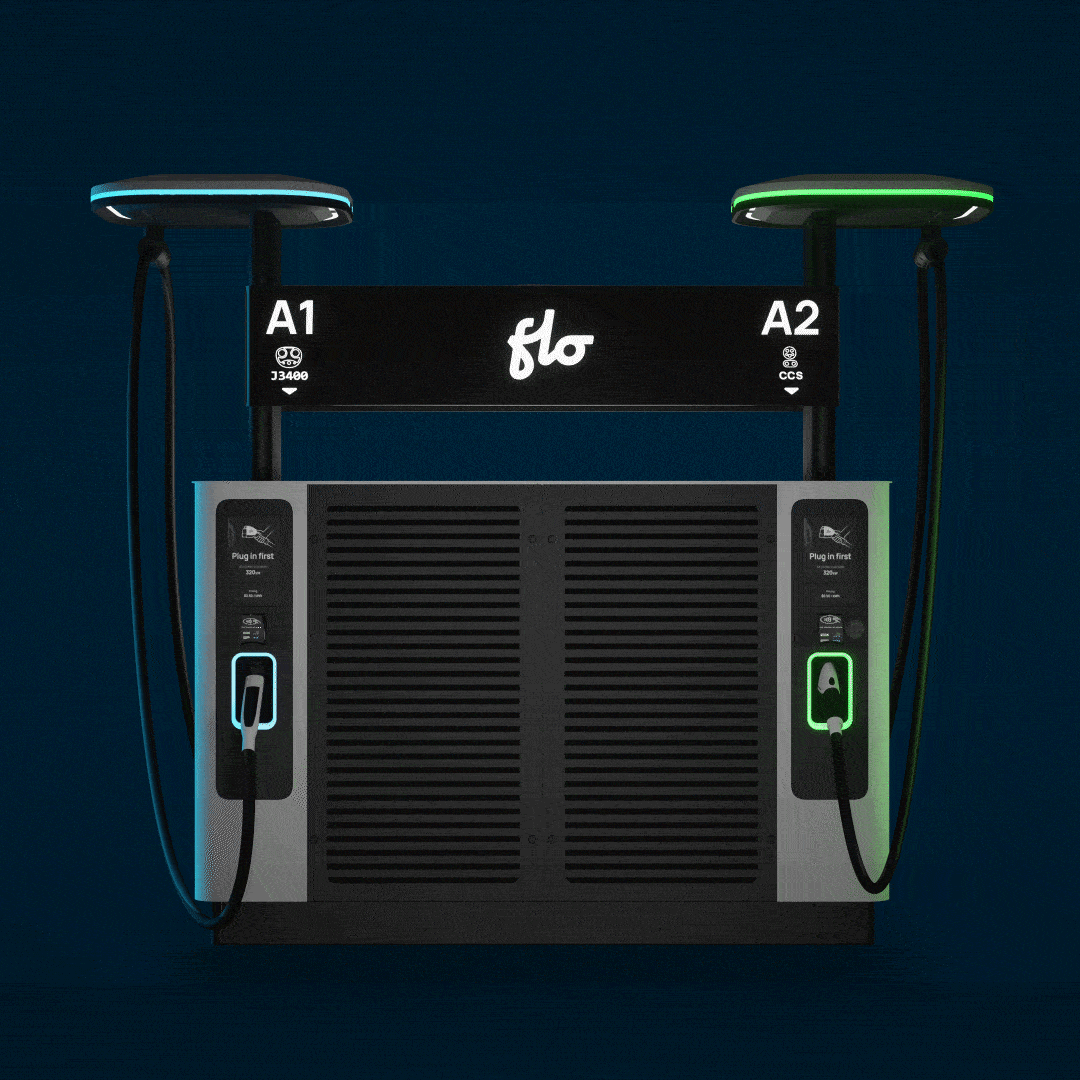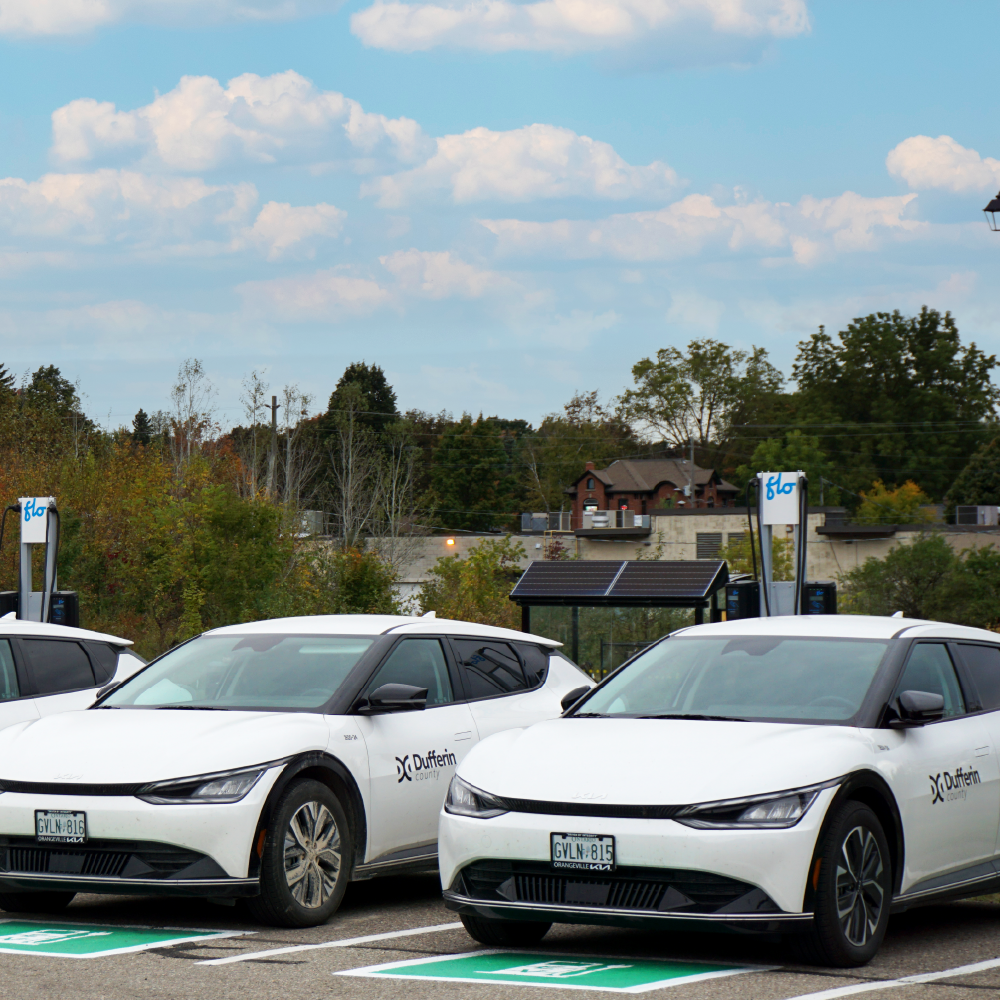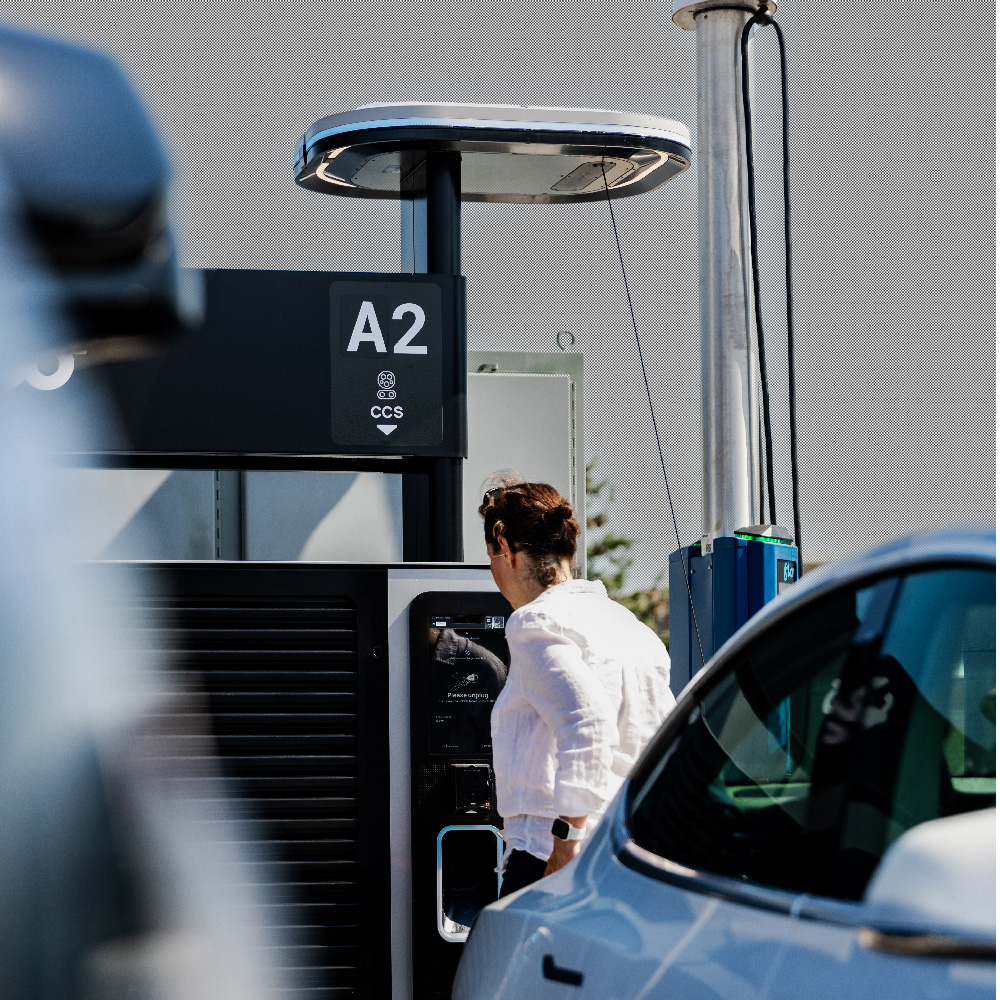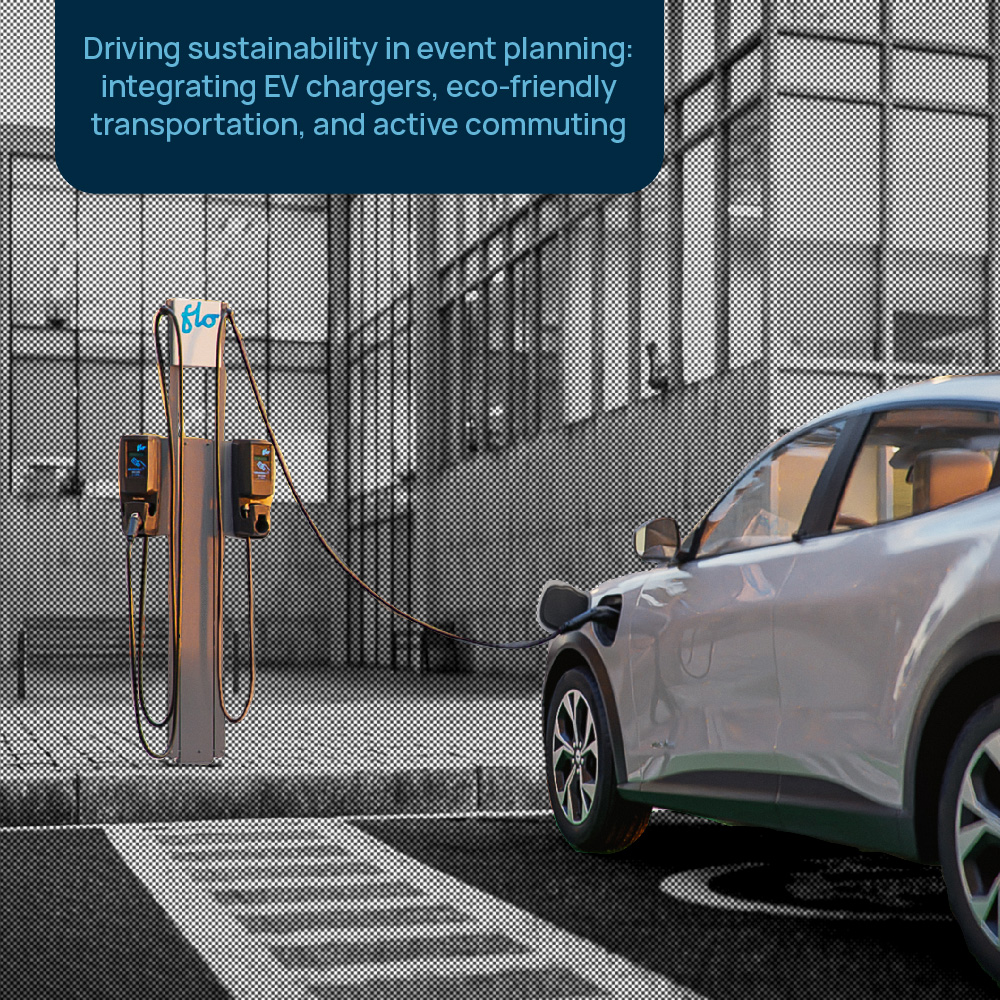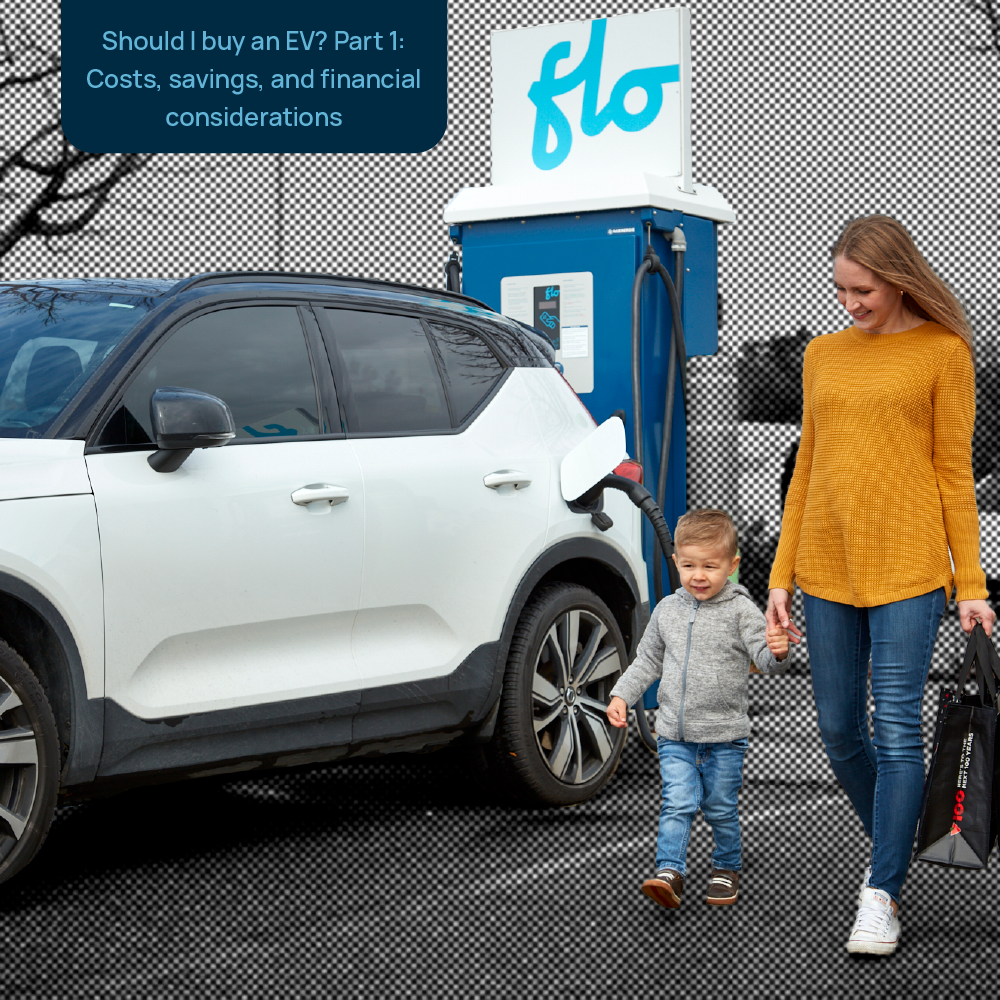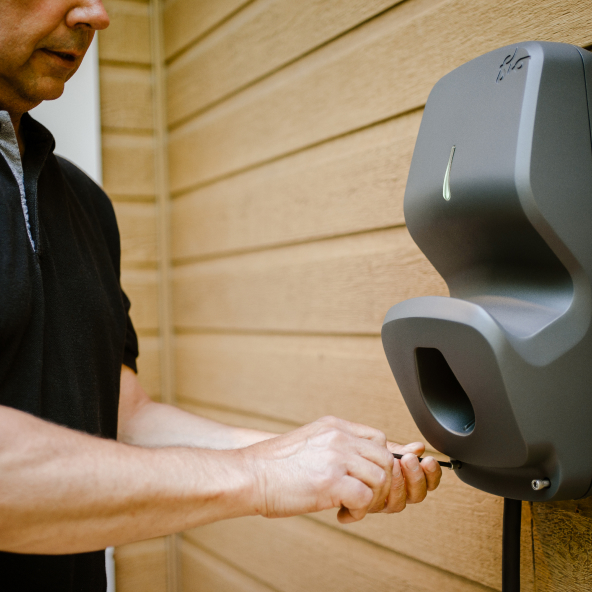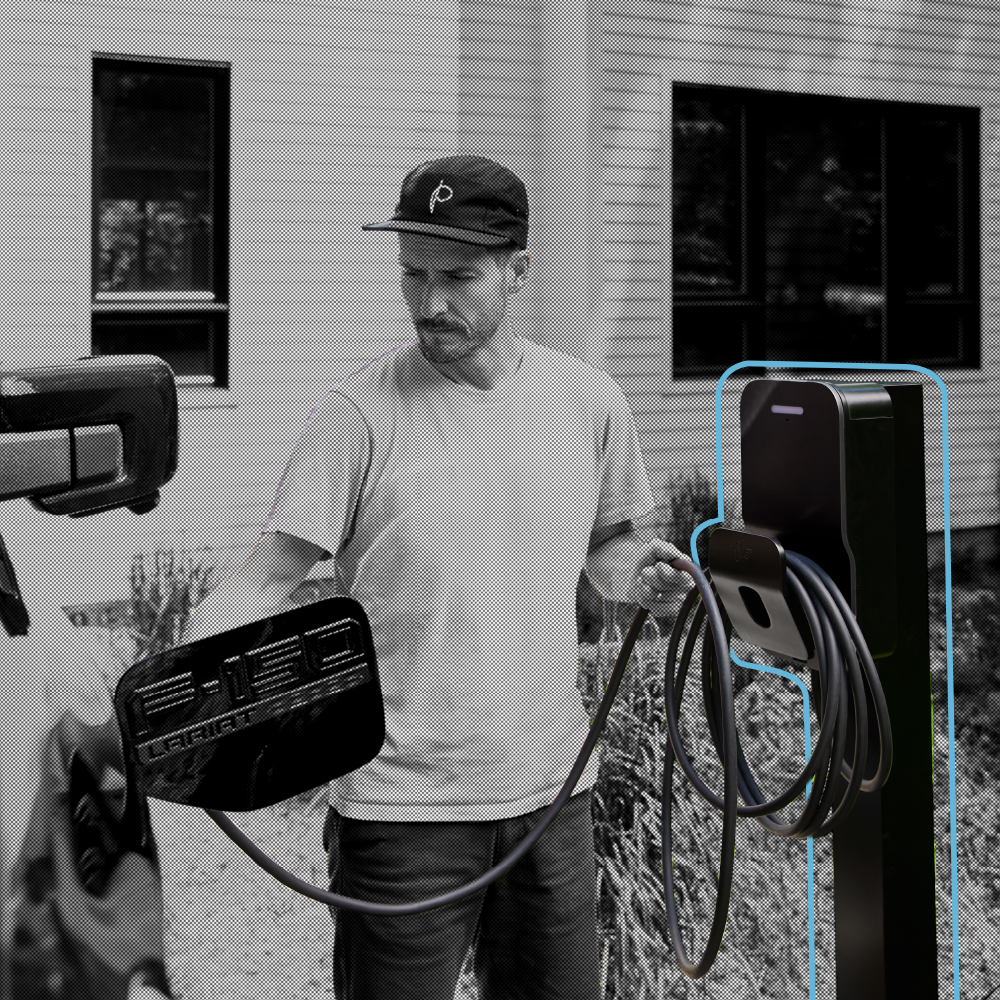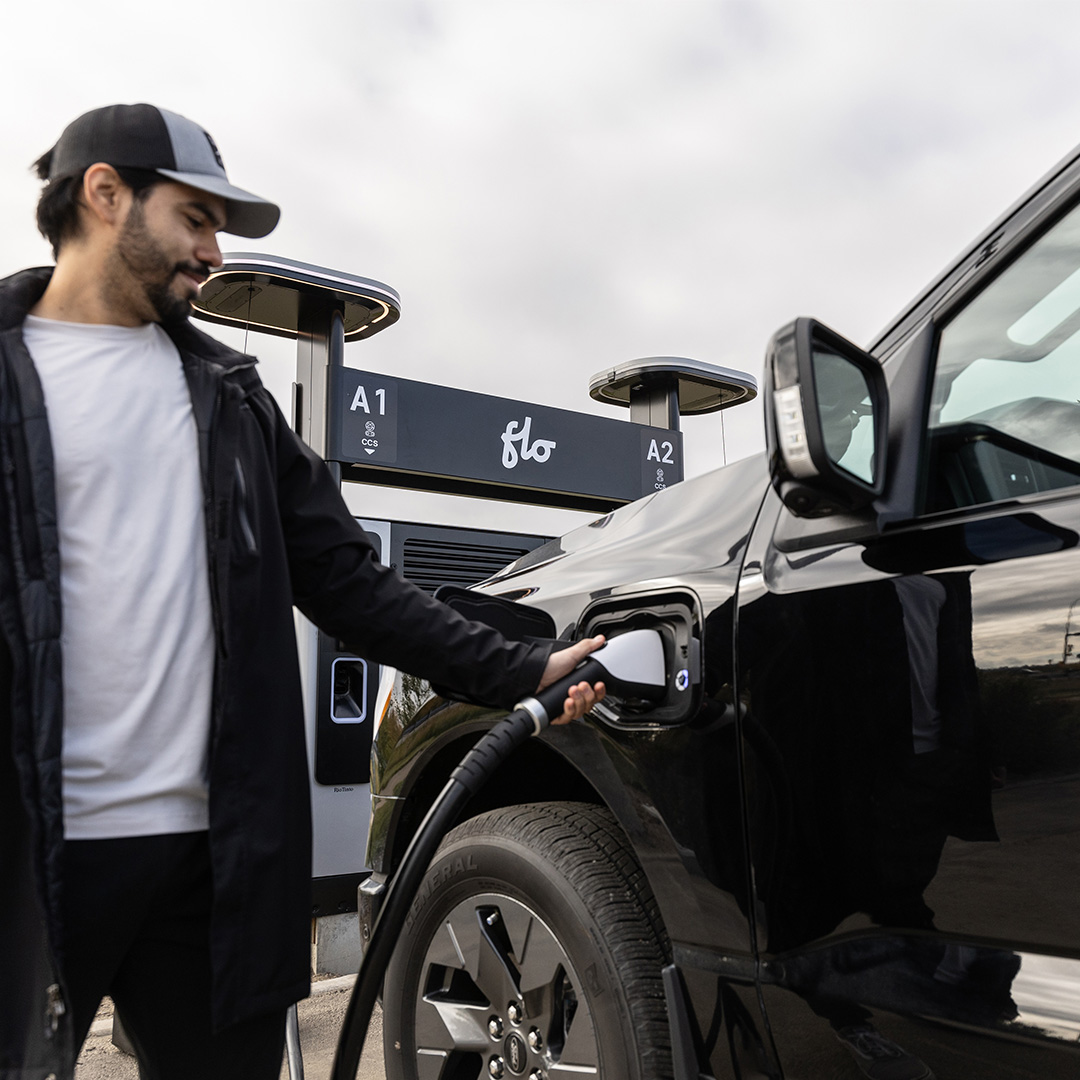- For EV Drivers
- For Business
- Incentives
- Alberta incentives
- British Columbia incentives
- Manitoba incentives
- New Brunswick incentives
- Newfoundland and Labrador incentives
- Northwest Territories incentives
- Nova Scotia incentives
- Nunavut incentives
- Ontario incentives
- Prince Edward Island incentives
- Quebec incentives
- Saskatchewan incentives
- Yukon incentives
- Products
- Insights
- Company
- Shop now
EV Charging Incentives – Key Design Features
By Cory Bullis, Senior Public Affairs Specialist, FLO
President Biden’s “American Jobs Plan” is set to catalyze the EV industry at an unprecedented rate. The President’s commitment to build 500,000 public charging stations by 2030 provides a much-needed signal to industry that the federal government is committed to helping provide consumers with alternatives to oil and gas fueling infrastructure – and not just with value statements, but with meaningful incentive policies.
Looking ahead, the amount of funding allocated to EV charging incentives is not the only critical aspect of this groundbreaking commitment to the industry. How the funding is rolled out through program design features will have far-reaching policy implications, including influencing the overall trajectory of technology growth and development, where infrastructure is deployed, which communities benefit, whether the experience of users is positive or negative and, ultimately, how fast the industry can become self-sustaining.
The design of incentive programs has a major impact on their success, so federal agencies, and any entity designing an incentive program, should carefully program design features. With over a decade of experience designing, building and deploying charging stations across North America, FLO considers the following elements to be some of the most important design features influencing EV charging station deployment to program outcomes.
Administrative Features
- A streamlined and clear application process – red tape can be an unnecessary and arbitrary deterrent to accessing incentives, creating missed opportunities to put a station in the ground. This could also unintentionally lock out smaller companies that do not yet have the resources to navigate complex application processes.
Therefore, creating a clear and streamlined application process is critical. What that means in practice: clear, upfront application requirements and timing, including the date of the release of the incentives; providing an editable version of the application or an online platform to fill out the application; allowing submission of any required documents online, including electronic signatures; and giving the industry sufficient warning of the program timelines and details so they can prepare for the release of incentives and help find applicants.
- Low-income and disadvantaged community components
Proactive approach – incentive programs should be designed with input from community representatives from low-income and disadvantaged communities and, ideally, have an express mandate to factor in and address the needs of those communities from the very beginning. In our experience, it is much easier to build inclusive programs proactively, and they tend to have better acceptance when they do not leave people behind.
Incentive adders –providing higher incentive levels for chargers that are deployed in low-income and disadvantaged communities will help more equitably deploy chargers across the nation.
Minimum set aside – the U.S. needs to ensure that low-income and disadvantaged communities directly benefit from the transition to EVs. Reserving a minimum amount of funds to deploy stations in these communities directly is one of the most measurable ways to guarantee equity in this process.
- Reliability standard – public dollars deserve a higher level of accountability; requiring funding recipients to ensure a minimum level of uptime for their chargers for a minimum period is an important consumer protection measure to ensure chargers are well maintained and accessible. At this stage in the market, every experience a driver has with charging is critical to shaping overall consumer perceptions of EVs as convenient and reliable.
Technological Features
- Smart charging – Smart chargers, while providing immense driver benefits, also supports existing and future grid management needs, especially given the increased load on the grid that will come from more EVs being on the road, as well as the increased deployment of intermittent renewable resources. Smart charging:
- Allows the driver to have more precise control over their charging experience, including length of charge, start and stop time, and responding to utility pricing signals in real time.
- Gives the utility the ability to institute dynamic rates for charging to help manage the grid, including reducing charging during peak hours as a demand response measure, or alternatively encouraging charging during times of excess generation capacity (e.g. peak solar hours).
- Technology and speed neutral – Level 2 Electric Vehicle Supply Equipment and Direct Current Fast Chargers are the most common charging offerings in the industry and can address most if not all charging use cases. Different drivers need different solutions, and the same driver may need different solutions depending on where and how much they are driving. While high powered charging becomes more important as vehicles’ battery sizes continue to increase, there will remain as important a role for Level 2 and lower speed DC fast charging, both of which can cost significantly less than high-powered fast charging. The U.S. will need to deploy a variety of stations that provide multiple options to balance speed and cost needs. An incentive program should allow a range of technologies and speeds to enable broad inclusivity of charging deployment across the nation and promote consumer choice.
- Curbside charging component – Curbside charging provides benefits that other charging deployment scenarios may not be able to address, including increasing access to charging stations in downtown cores where there is a lack of space, and providing drivers who live in multi-unit dwellings (MUDs) with access to charging in nearby on-street parking locations. MUDs are well-understood as particularly challenging to directly install chargers at, so nearby curbside charging can be an effective alternative option to serve these drivers.
FLO does not intend this for list to be exhaustive, but rather to have it capture some of the most important design features for any EV charging incentive program offered by governments and utilities. For the American Jobs Plan, these features will be critical to ensuring it delivers on its promise for catalyzing the charging industry in the right direction.

